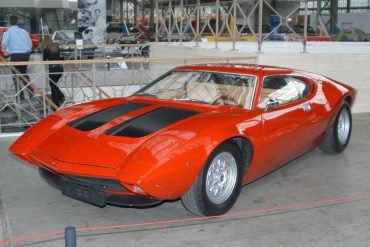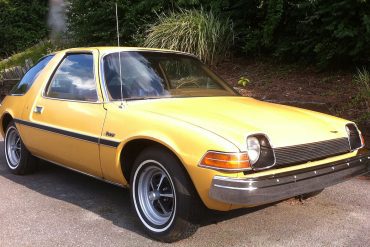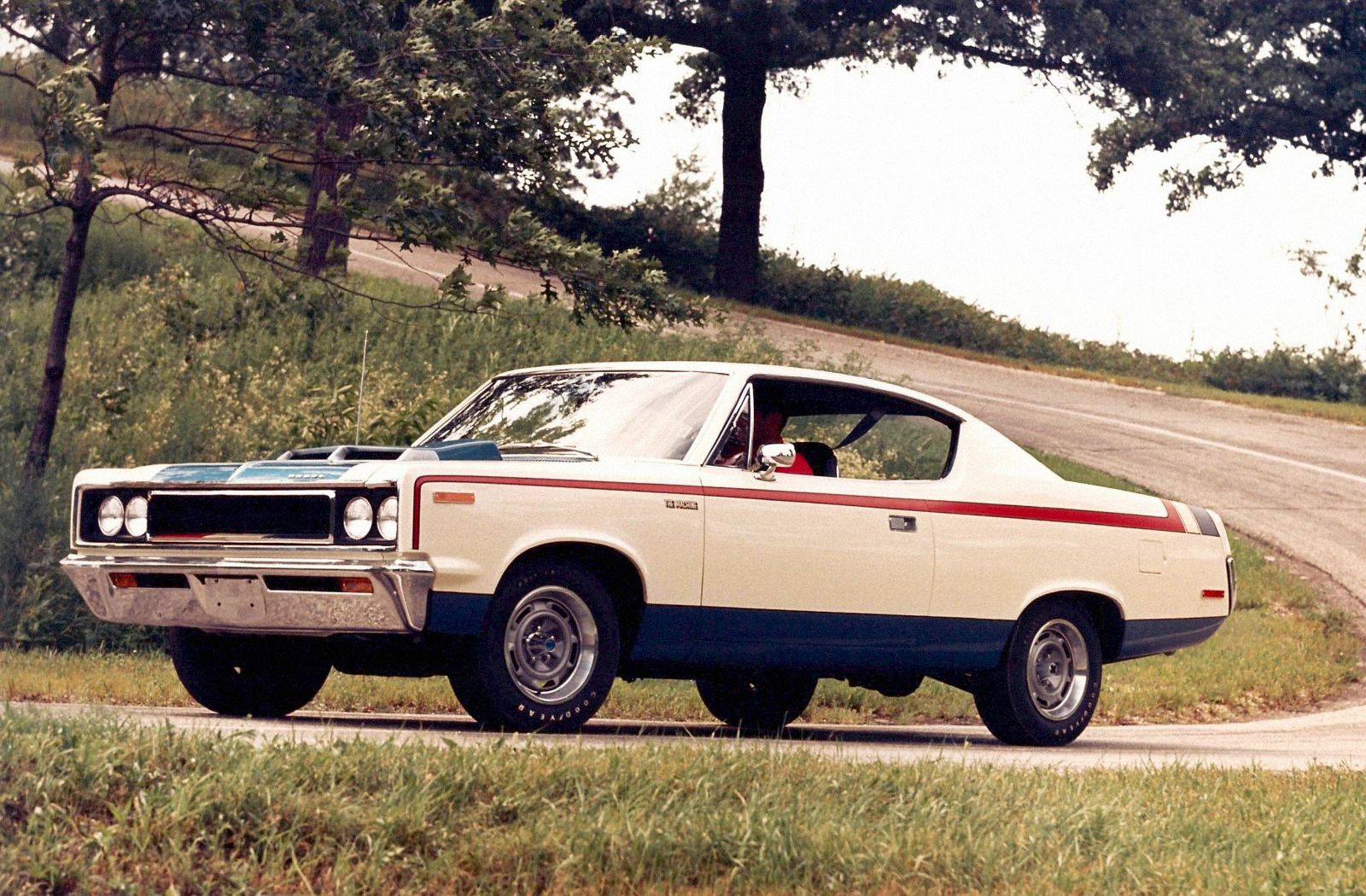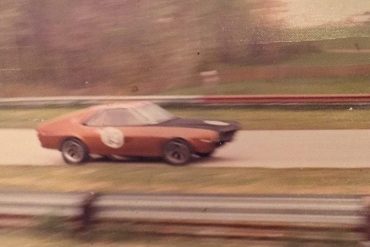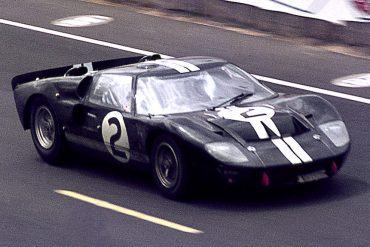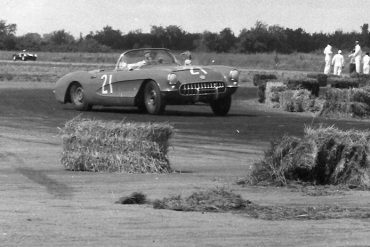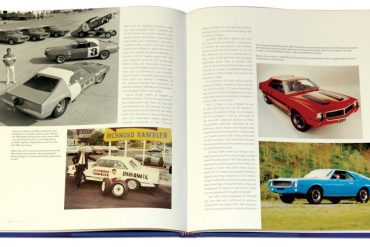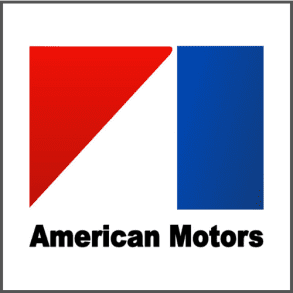
American Motors Corporation (AMC)
Research, History, Reviews, Media & More
American Motors Corporation (AMC): A Legacy of Innovation and Iconic Cars
The Founding Visionaries: George W. Mason and George W. Romney
American Motors Corporation (AMC) was formed in 1954 through the largest corporate merger in U.S. history at the time, bringing together Nash-Kelvinator Corporation and Hudson Motor Car Company. The visionary behind this merger was George W. Mason, the CEO of Nash-Kelvinator. Mason aimed to create a company that could compete with the Big Three automakers—General Motors, Ford, and Chrysler—by focusing on niche markets and innovative designs. After Mason's untimely death in 1954, George W. Romney, who became president and later CEO of AMC, continued to push for compact and fuel-efficient cars, setting the stage for AMC's unique position in the automotive industry.
Early Innovations and Market Focus
From its inception, AMC sought to distinguish itself from the larger American car manufacturers by focusing on the compact car market. This strategy proved successful with the introduction of the Rambler in 1958, which became one of the most popular compact cars in the United States. The Rambler's success was partly due to its fuel efficiency and affordability, qualities that appealed to consumers during the late 1950s and early 1960s.
Iconic AMC Cars
AMC Rambler (1958-1969)
The AMC Rambler is perhaps the most iconic car from AMC's early years. It was designed to be economical, reliable, and affordable, capturing the hearts of American families. The Rambler American, a smaller version introduced in 1958, was particularly popular during the energy-conscious times of the late 1950s. The Rambler's success helped solidify AMC's reputation as a maker of practical and economical vehicles.
AMC Javelin (1968-1974)
The AMC Javelin was AMC's entry into the pony car market, competing directly with the Ford Mustang and Chevrolet Camaro. Introduced in 1968, the Javelin featured sleek, aggressive styling and powerful engine options, making it a favorite among muscle car enthusiasts. Its performance on the track, including Trans-Am racing, helped enhance its reputation as a serious contender in the muscle car segment.
AMC AMX (1968-1970)
The AMC AMX, introduced alongside the Javelin in 1968, was a two-seat sports car that combined performance and style. It was one of the few American two-seaters at the time, offering a shorter wheelbase and lighter weight compared to its competitors. The AMX was known for its impressive speed and handling, making it a standout in AMC's lineup and a collector's favorite today.
AMC Gremlin (1970-1978)
The AMC Gremlin, introduced in 1970, was one of the first American subcompact cars. Its unique design, featuring a truncated rear end, set it apart from other cars on the market. The Gremlin was marketed as an economical and practical vehicle, appealing to a new generation of drivers looking for affordable and efficient transportation. Despite its unconventional appearance, the Gremlin enjoyed considerable commercial success.
AMC Pacer (1975-1980)
The AMC Pacer, introduced in 1975, was another innovative and unconventional design from AMC. Known for its wide body and large glass area, the Pacer was marketed as "the first wide small car." Its futuristic design and emphasis on passenger comfort made it a distinctive choice in the compact car market. The Pacer has since become an icon of 1970s automotive design, often remembered for its unique appearance.
AMC Eagle (1979-1987)
The AMC Eagle, launched in 1979, is considered one of the first crossover SUVs. Combining the features of a passenger car with the off-road capability of a four-wheel-drive vehicle, the Eagle was ahead of its time. It appealed to drivers looking for versatility and ruggedness without sacrificing comfort. The Eagle's innovative design influenced future generations of SUVs and crossovers.
AMC's Acquisition of Jeep
In 1970, AMC acquired the Jeep brand from Kaiser Motors, significantly boosting its market presence. The acquisition of Jeep allowed AMC to expand its lineup to include off-road vehicles, which became increasingly popular. The Jeep Cherokee and Wagoneer, introduced under AMC's stewardship, were significant successes and laid the groundwork for the modern SUV market.
Challenges and Merger with Chrysler
Despite its innovations and successes, AMC faced financial difficulties in the late 1970s and 1980s. The company struggled to compete with the larger automakers, leading to a partnership with Renault in 1979. However, this partnership was not enough to stabilize AMC's finances, and in 1987, Chrysler Corporation acquired AMC. The acquisition allowed Chrysler to continue producing the popular Jeep brand, which remains a key part of its lineup today.
Legacy and Cultural Impact
AMC's legacy lives on through its innovative designs and iconic cars. The company's willingness to take risks and push the boundaries of automotive design left a lasting impact on the industry. AMC cars have appeared in numerous movies and TV shows, contributing to their cultural significance and nostalgic appeal. Despite its dissolution, AMC maintains a dedicated fan base, with enthusiasts and collectors keeping the brand's spirit alive through car shows and clubs.
American Motors Corporation's story is one of innovation, resilience, and unique contributions to the automotive industry. From the pioneering compact Rambler to the bold and distinctive Pacer, AMC consistently pushed the envelope with its designs and market strategies. The legacy of AMC is evident in the continued popularity of its vehicles among collectors and the enduring success of the Jeep brand. As we look back on AMC's history, it is clear that the company's impact on the automotive world remains significant and memorable.
American Motors Corporation (AMC) Basics
Predecessor: Hudson Motor Car Company, Thomas B. Jeffery Company, Nash-Kelvinator Corporation, Kaiser Jeep, Kaiser Motors, Willys Overland
Founded: May 1, 1954
Founder: George W. Mason
Defunct: June 20, 1988
Fate: AMC was renamed Jeep Eagle Corporation then merged into Chrysler in 1990.
Successor: Chrysler, Eagle (brand), Jeep Eagle Corporation
Brands: AMC (1966–1987), AM General (1974–1979), Hudson (1954–1957), Jeep (1970–1987), Metropolitan (1958–1962), Nash (1954–1957), Rambler (1957–1983)
Did You Know
AMC was formed in 1954 through the merger of Nash-Kelvinator Corporation and Hudson Motor Car Company, making it the largest corporate merger in U.S. history at the time.
AMC was a pioneer in the compact car market, introducing the Rambler, which became one of the most popular compact cars in the 1950s and 1960s.
AMC produced several iconic muscle cars, including the AMX and the Javelin, which are still celebrated for their performance and unique styling.
AMC was known for its innovative and often quirky designs, such as the Gremlin, which was one of the first American subcompact cars, and the Pacer, famous for its wide-body design.
AMC was acquired by Chrysler in 1987, which led to the continuation of the Jeep brand and the integration of AMC's innovations into Chrysler's lineup.


